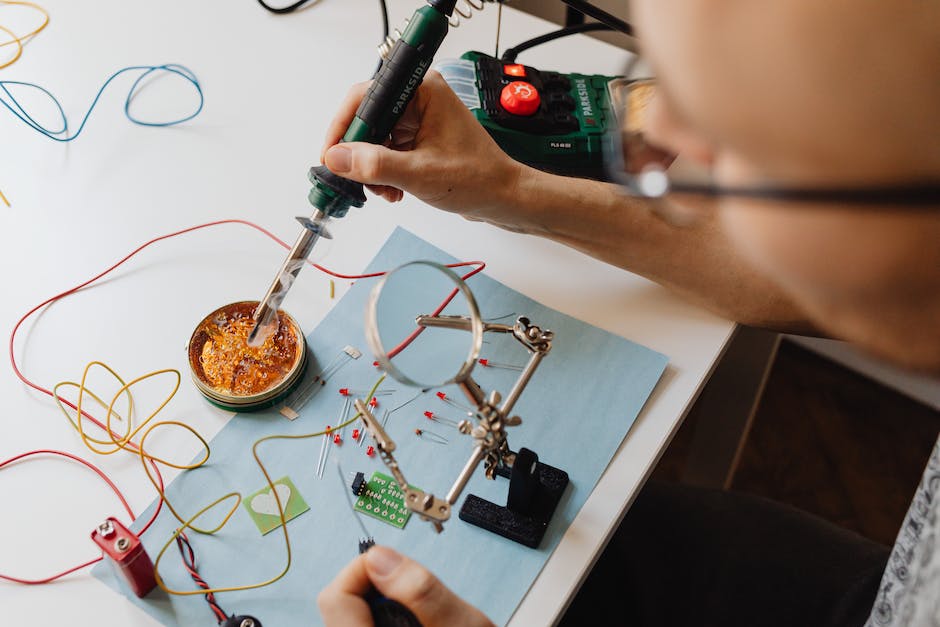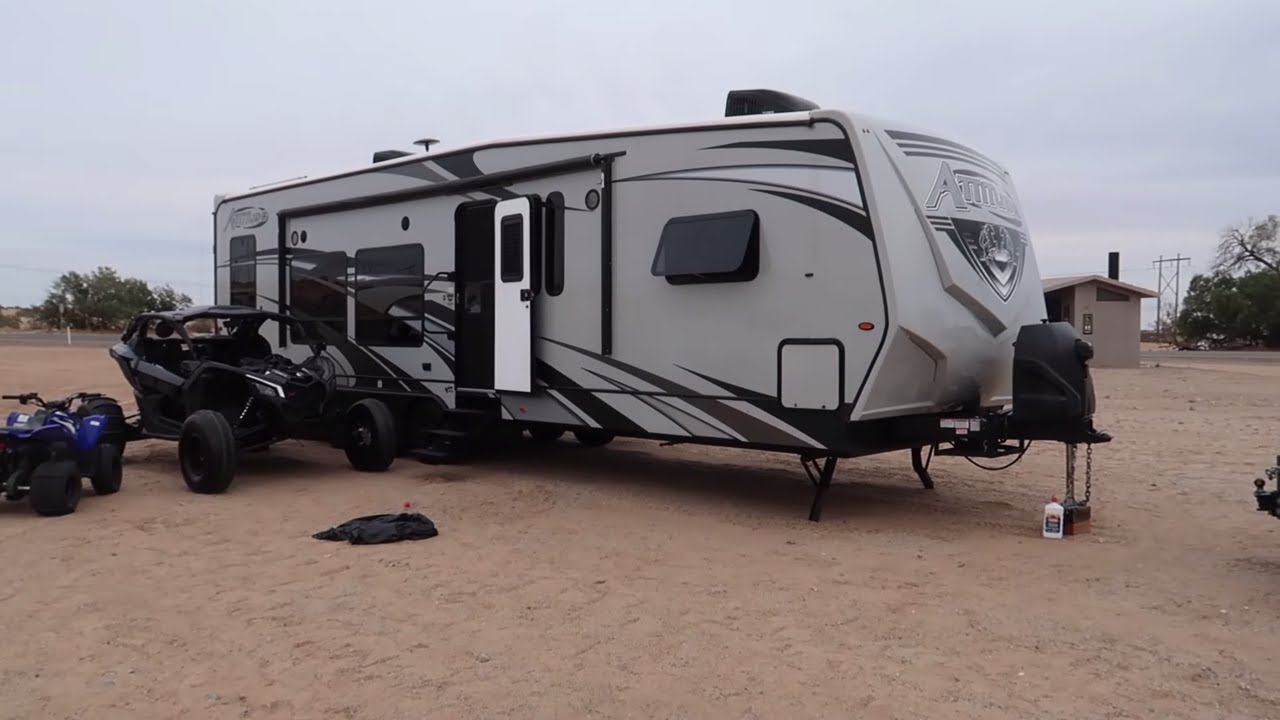Having an outlet with a hot neutral reverse issue can be a serious safety hazard for you and your family. This problem occurs when the wiring in the outlet is connected incorrectly, causing electricity to flow through the ground wire instead of the neutral wire. This can lead to dangerous electric shocks and even electrical fires. If you suspect that one of your outlets has a hot neutral reversed issue, it’s important to address the problem as soon as possible. In this article, we’ll guide you through the steps to fix the problem yourself and ensure the safety of your home.
Turn Off the Power to the Outlet

Before attempting to fix a hot neutral reversed outlet, it is essential to turn off the power to the outlet. This step is vital to ensure your safety during the repair process. To turn off the power, locate the circuit breaker that controls the outlet and flip it to the off position. You may also want to use a circuit tester to confirm that no power is being supplied to the outlet. Always remember to exercise caution when working with electrical components.
Use A Voltage Tester to Confirm the Outlet is Not Live

Before attempting any repairs on an outlet, it’s important to ensure that it’s not live and posing a potential hazard. To do this, use a voltage tester to confirm that there’s no electric current flowing through the outlet. Simply insert one prong of the tester into the hot slot of the outlet and the other prong into the ground slot. If the tester doesn’t light up, then the outlet is safe to repair. However, if the tester lights up, do not proceed with any repairs and seek the assistance of a professional electrician. Remember, safety always comes first when dealing with electrical repairs.
Remove the Outlet Cover Plate

Once you have turned off the power to the outlet, the next step is to remove the outlet cover plate. To do this, use a screwdriver to unscrew the screws that hold the cover plate in place. Once the screws are removed, gently pull the cover plate off the outlet. Be careful not to damage any wires or connections that may be attached to the outlet. If there are any wires or connections that are difficult to remove from the outlet, use a pair of needle-nose pliers to carefully remove them. Once the cover plate has been removed, you will have access to the wires and connections inside the outlet box.
Unscrew the Outlet from the Electrical Box

To fix a hot neutral reversed outlet, the first step is to turn off the electricity supply to the outlet. After you have turned off the power, unscrew the outlet from the electrical box. Before doing that, you should use a voltage tester to confirm that the power is off and it is safe to proceed. Once you have confirmed that the outlet is no longer receiving power, you can start by unscrewing the cover plate of the outlet. After that, you should use a screwdriver to remove the screws on the top and bottom of the outlet. You will then be able to pull the outlet out of the box and expose the wires inside.
Inspect the Wiring for Any Signs of Damage or Inadequacy

Check the wiring for any visible signs of damage or inadequacy. Wear gloves and use a voltage tester to ensure that there is no power running through the outlet. Look for any frayed wires, broken insulation, or burn marks, as these could all indicate a problem with the wiring. It’s important to address any issues with the wiring before attempting to fix the hot neutral reversed outlet, as damaged or inadequate wiring can lead to electrical hazards or further complications with the outlet. If you are unsure about the condition of the wiring, it may be best to consult a licensed electrician for assistance.
Identify the Hot, Neutral, and Ground Wires

To fix a hot neutral reversed outlet, it’s important to first identify the hot, neutral, and ground wires. The hot wire is typically black or red and carries electrical current from the power source to the outlet. The neutral wire is usually white and acts as a pathway for the current to return to the power source. The grounding wire is typically green or bare copper and provides a safe pathway for excess electrical current to flow in case of a fault or short circuit.
To identify these wires, you can use a multimeter or voltage tester to check for the presence of electrical current. You can also look for identifying marks or colors on the wires themselves, though this may not always be reliable. Additionally, if you’re unsure about the wiring in your home, it’s always best to consult a licensed electrician for guidance to avoid potential safety hazards.
Correctly Rewire the Outlet by Connecting the Hot and Neutral Wires to their Corresponding Screws

When it comes to fixing a hot neutral reversed outlet, rewiring the outlet is an important task. To do this, you’ll need to connect the hot wire (which is usually black or red) to the brass screw on the outlet. The neutral wire (which is usually white) needs to be connected to the silver screw. It’s important to make sure that the wires are wrapped around the screws in a clockwise direction, and that the connections are tight. Once the wires are connected, you can safely attach the outlet back to the wall and test it to ensure it’s working correctly. Remember to always turn off the power to the outlet before working on it, and if you’re unsure about any aspect of the process, it’s best to consult a licensed electrician.
Attach the Ground Wire to the Green Screw on the Outlet

Attach the ground wire to the green screw on the outlet (9). The ground wire is typically a bare copper wire or a green wire attached to the metal housing of the electrical box. Make sure to wrap the ground wire around the green screw in a clockwise direction and tighten securely with a screwdriver. The ground wire provides a path for electricity to flow in case of a short circuit or overload, protecting you from electrical shock. Once the ground wire is securely attached, carefully slide the outlet back into the electrical box and screw it in place. Finally, turn the power back on and test the outlet with a voltage tester to ensure it is wired correctly and working safely.





